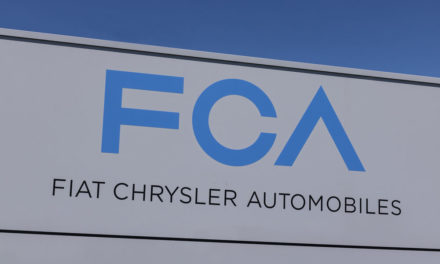Covered Calls Are an Easy Option Trade…Here’s Why.
Do you want to know the greatest high-class problem? Having your covered call go into the money. Covered calls are a way to take a long stock trade and give it some extra juice by selling an out of the money call.
How Covered Calls Work
Let’s say, for example, you monitor the daily market and you feel strongly that oil is going up. The way you want to trade that is by buying an oil ETF like USO. USO’s closing price on May 31, 2018 was $13.55, which makes it quite an affordable security to buy. 100 shares of USO would only cost $1,355, and if the broker lets you trade on margin, you may even be able to buy 100 shares for half of that.
So you’re now long oil, congratulations! I’m sure that Exxon Mobil (NYSE: XOM) will be very excited you believe the price of oil will rise, but what if it doesn’t? What if USO goes down 1% to $13.41? Or maybe oil tanks like it did in late May and drops 2.5%, down to $13.21? And just like how oil and water don’t mix, you decide that you’re ready to cut your losses before they become a murky oil slick in your account.
If you had sold a July 14 call against your 100 shares of stock, your break-even would actually be at $13.21. Your account wouldn’t have any losses at all! In fact, by selling the call against your long stock, you actually increase the probability of profit from 50%. It can only profit by going up, to 66% as the July 14 call has a delta of 34, which means it has approximately a 34% probability of expiring in the money.
If you’re familiar with covered calls, I can hear the objection you’re thinking already: “You’re limiting my upside, why do I want to do that?” This is 100% true, a covered call does limit the upside appreciation in the trade, but to me, this actually works in our favor.
By selling the call, we are taking in an immediate credit of 34 cents per share, which is why our break-even is lower than the current price. But we get to keep that 34 cents per share plus the appreciation between the current price of $13.55 and the strike price of $14 or 45 cents per share. The total gain if USO goes to or above $14 would be $34 plus $45 for a total profit of $79. The shares would be called away by the buyer of the call, but in the meantime, we have made a return of 5.8% (if we paid the full $1,355 for the shares) or even as much as 11.7% if we bought the shares on margin. Only once USO reaches $14.34 would this trade actually have benefited by not selling the call. However, the probability of that happening is even less than the 34% probability of reaching $14.
But if USO never goes over $14, and there’s a 66% probability it will not, we still get to keep the $34 we received up front and can roll the covered call out to another month, taking in even more credit, reducing the cost of the shares and further increasing our probability of profit.
Why Covered Calls?
Covered calls are one of the most basic and easiest option trades to make. They have a high probability of profit and actually decrease the risk to your account than buying shares outright. So having one go in the money and having the shares called away, that’s my kind of high-class problem.
Contributor : Christopher Uhl from 10 Minute Stock Trader.




